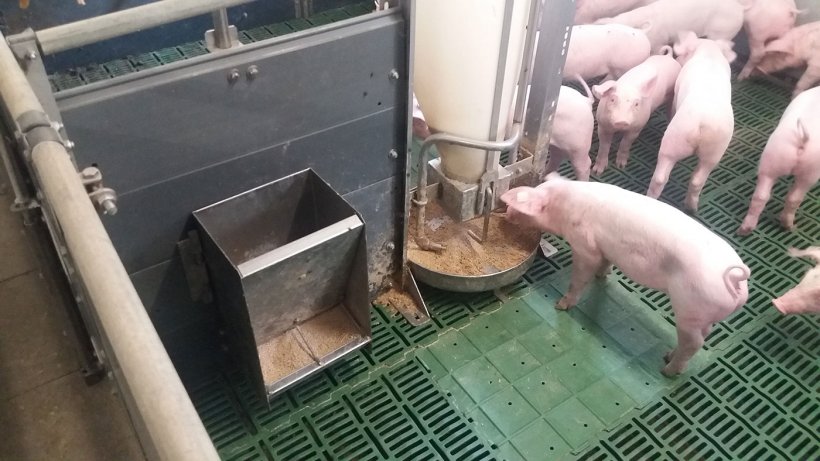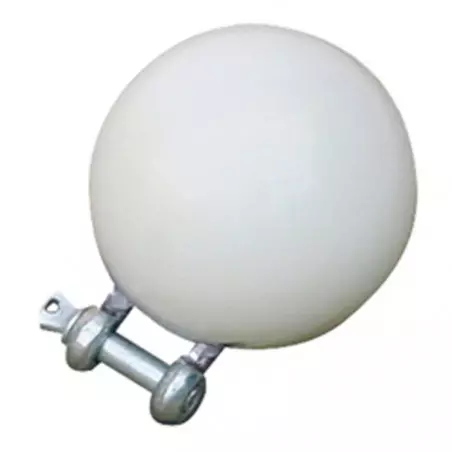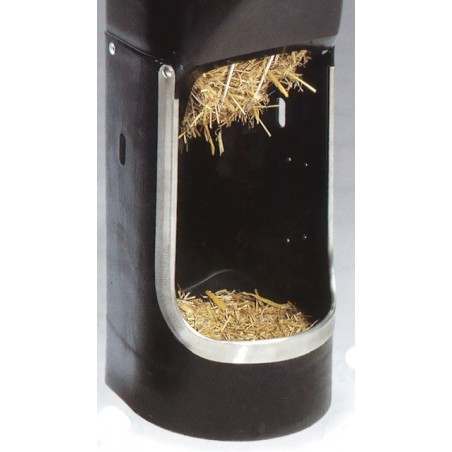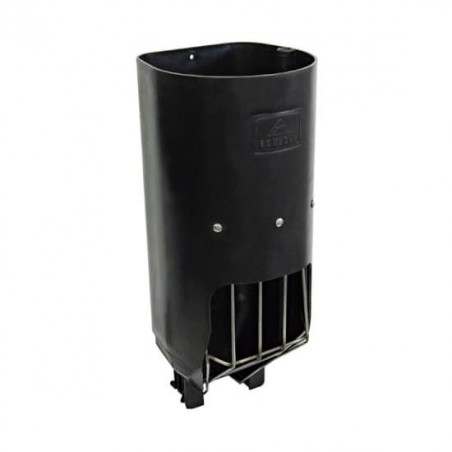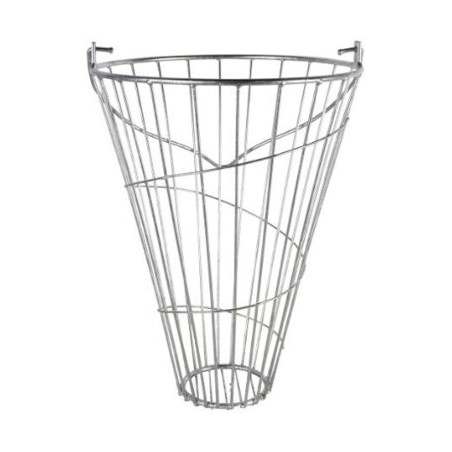Tail biting is a common pig husbandry problem causing economic losses and reduced animal welfare. Tail docking is the most commonly used preventative measure. However, the welfare concerns associated with the tail docking procedure, generates significant concern amongst consumers and animal welfare advocates, and does not directly address nor eliminate the root causes responsible for the occurrence of the tail biting behavior. Despite these facts, between 90-100% of the EU pigs continue to be tail docked (EFSA, 2007). In Europe, the 2008/120/CE European directive regarding animal welfare, stated that tail docking can not be performed routinely without considering any other management preventive measurements, such as environment modifications and enrichment/manipulable materials. Are producers and veterinarians from different parts of the world concerned about tail biting? Are European producers ready to stop tail docking? As veterinarians, do we feel prepared to identify risk factors to prevent tail biting? What are our strategies in the face of a tail biting outbreak? We have prepared a series of 2 articles in which we will describe the differences in tail biting perception and strategies amongst the most important swine production regions based on the opinion of 4 swine veterinary practitioners from Germany, North America, China, and Spain.
After introducing the topic to our veterinarians, we wanted to understand their experience with intact (non-docked) pigs and with manipulable material (Picture 1). Only Vidal from Spain and Böhne from Germany have, between their clients, producers that are raising pigs under these conditions. Vidal’s experience is based on a farm in which pigs have 2m2 of space, straw bedding, and free access to an outside penning. He stated that these conditions work for intact pigs, however this scenario does not prevent tail biting 100%. On the other hand, Böhne has a lot of experience with a diversity of manipulable materials in standard farms that raise intact pigs. Most of her farmers work with materials that animals play with and manipulate such us long hanging cotton ropes or pieces of wood, but the majority also use either straw or hay. Based on her experience, farmers play a key role in preventing this problem by carefully observing the pigs on a daily basis. Apart from that, the most important thing is to provide a sufficient quantity of fiber to the animal (Picture 2).

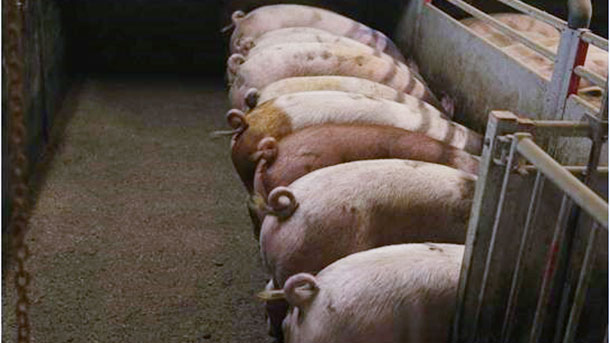
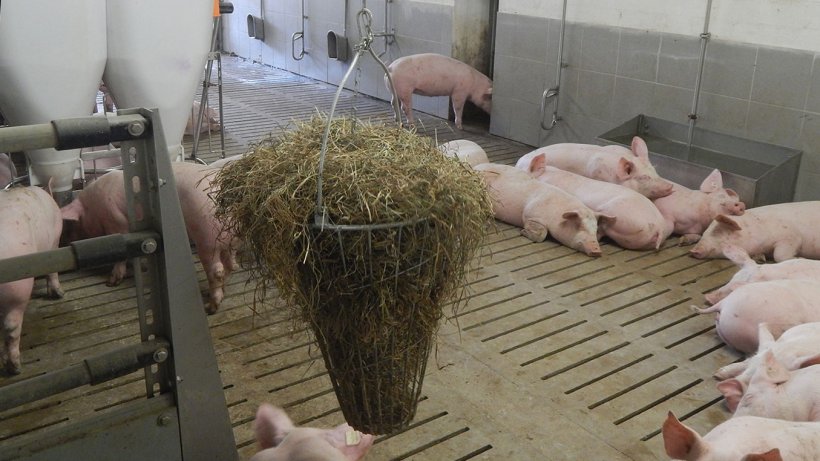
All of the interviewed veterinarians, with the exception of Wang, swine veterinarian consultant from China, agreed that tail biting is actually a problem, or it could be a potential problem, in their regions. Wang considers that this problem relates to farms with poor health and not appropriate management. Pitkin, from North America, believes that, despite the environment conditions (or irritants that set them off to start with this behaviour), the issue is most likely to be a result of rapid genetic improvement for growth combined with the challenges of supplying an adequate diet to meet the changing needs (i.e. energy/protein) of these high performance animals. She believes that this scenario could be perceived by the animal as a constant hunger and that contributes to start of the problem.
Vidal believes that tail biting is not a big problem right now as a result of the current practice of tail docking. However, from his perspective, if the practice of tail docking were not allowed, it could be a huge problem since, he says, “we are far away to have the solution for tail biting”. He believes that it results from the type of production systems we have, the sows we are working with, and, also, due to the type of facilities we are producing pigs in.
Within this group of four veterinarians, Böhne has the most experience with independent producers with this topic. From her point of view, and in addition to providing the pig with enough feeder space, water and appropriate environmental conditions, she lists the most important risk factors for tail biting as:
- Lack of pen organization (= discomfort)
- Lack of “structure” in the feed (in this case a good structure is defined by Böhne as the presence of larger size of cereal grains during the grinding process, Picture 3)
- Presence of intestinal pathogens and lack of available fiber: pathogens such us Lawsonia intracellularis and E. Coli cause abdominal pain. Chewing fibrous elements (such as hay or straw) potentially calm this discomfort. If no fibre available, these animals are triggered to search for other outlets (i.e. tails).
- Excessive brightness in the pen/rooms (= discomfort)
In the next article we will cover the difference in strategies in the face of a tail biting outbreak as well as the ongoing preventive measurements that these practitioners are taking in the farms that they are consulting.
